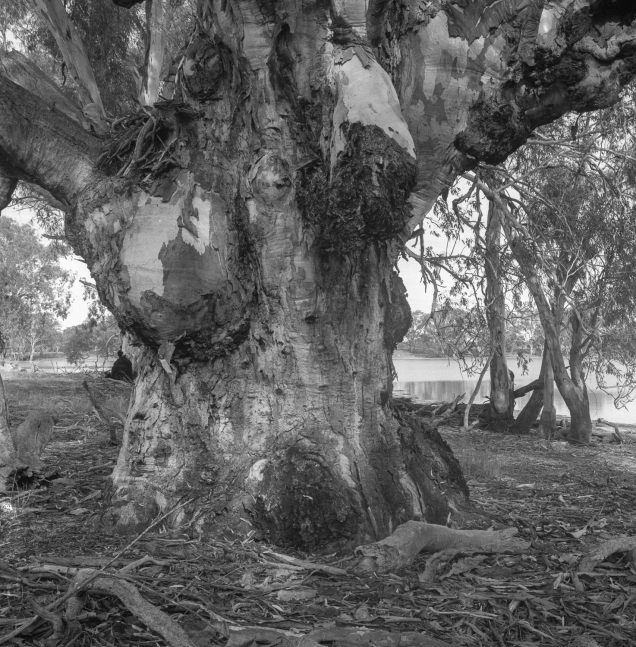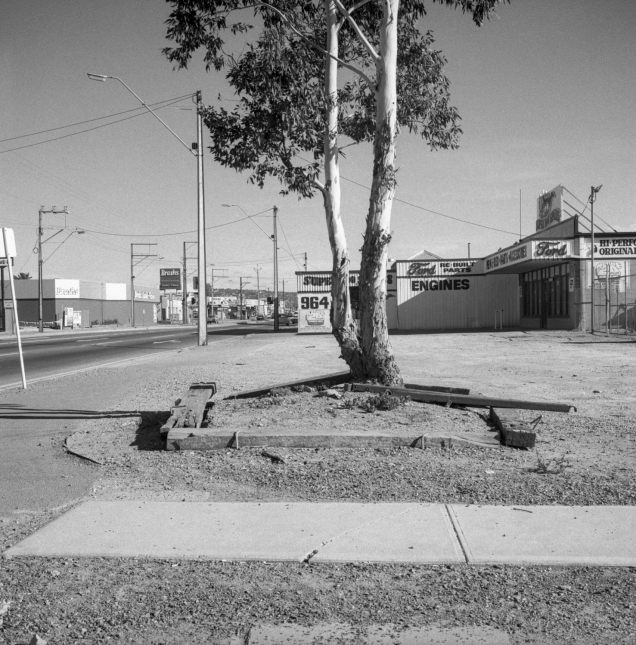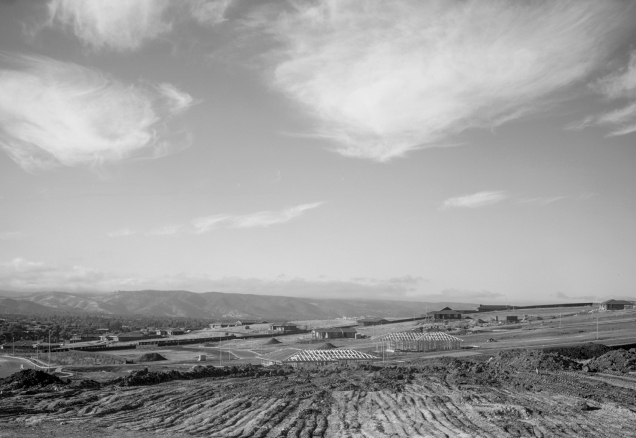Whilst I was going through my archives looking for some better images to include in my portfolio for the Adelaide Photography 1970-2000 book— submissions have just been called— I came across a few images of River Red gums (Eucalyptus camaldulensis) along the River Murray in Victoria. I had more or less over forgotten about these mid-1980s images, as they were mixed up with some of the sand dune images of Adelaide’s coastal beaches in the archive.

The picture above was made on a late 1980s road trip in the VW Kombi along the southern coast of Australia then back along the River Murray. Other images from this road trip— e.g., the La Trobe Valley and the Riverland trunk images —can be found in this earlier post about the Adelaide Photography book. Continue reading








